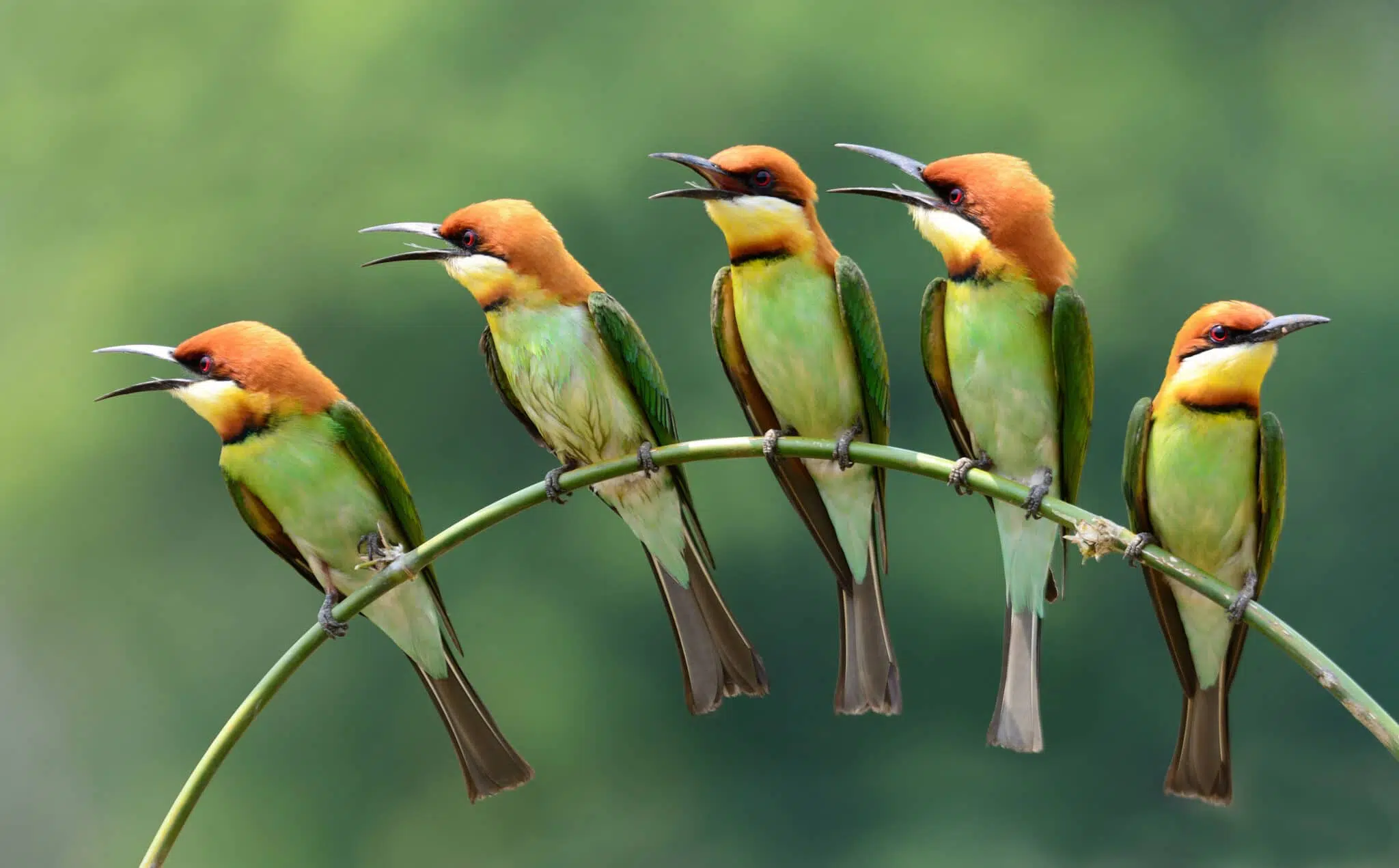7 birds you won’t believe are threatened with extinction
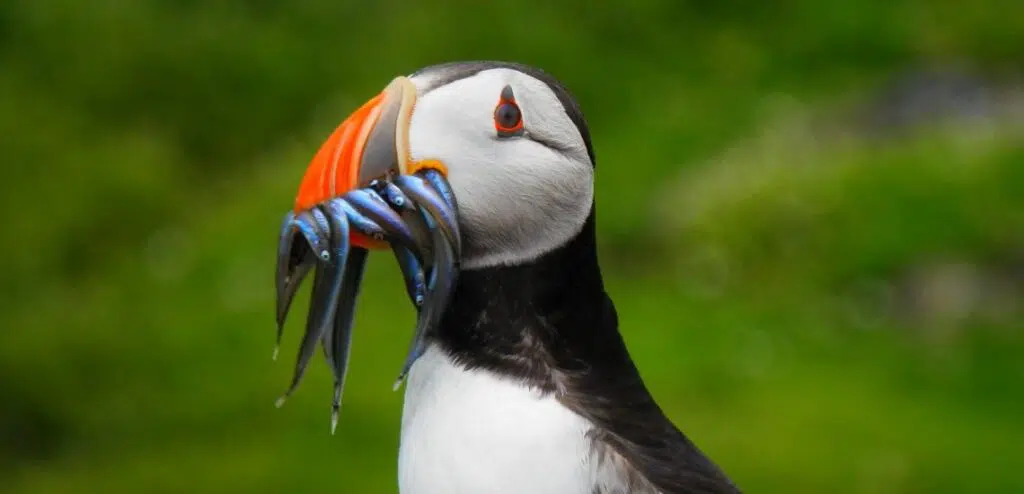
It’s a worrying trend: even birds that were once considered common and widespread are now plummeting towards extinction. Some of the species on this list will shock you.
By Jessica Law
It’s not just elusive species on remote, far-flung islands. These are birds that you may have come across countless times in your day-to-day life, or birds whose image is so famous and iconic it’s hard to believe their numbers are dwindling in the wild. But the findings of the recently-released State of the World’s Birds 2018, our flagship publication on the health of global bird populations, present a shocking view.
The main driver of these declines isn’t hard to guess: humans. Here are the birds’ stories.
1. European Turtle-dove
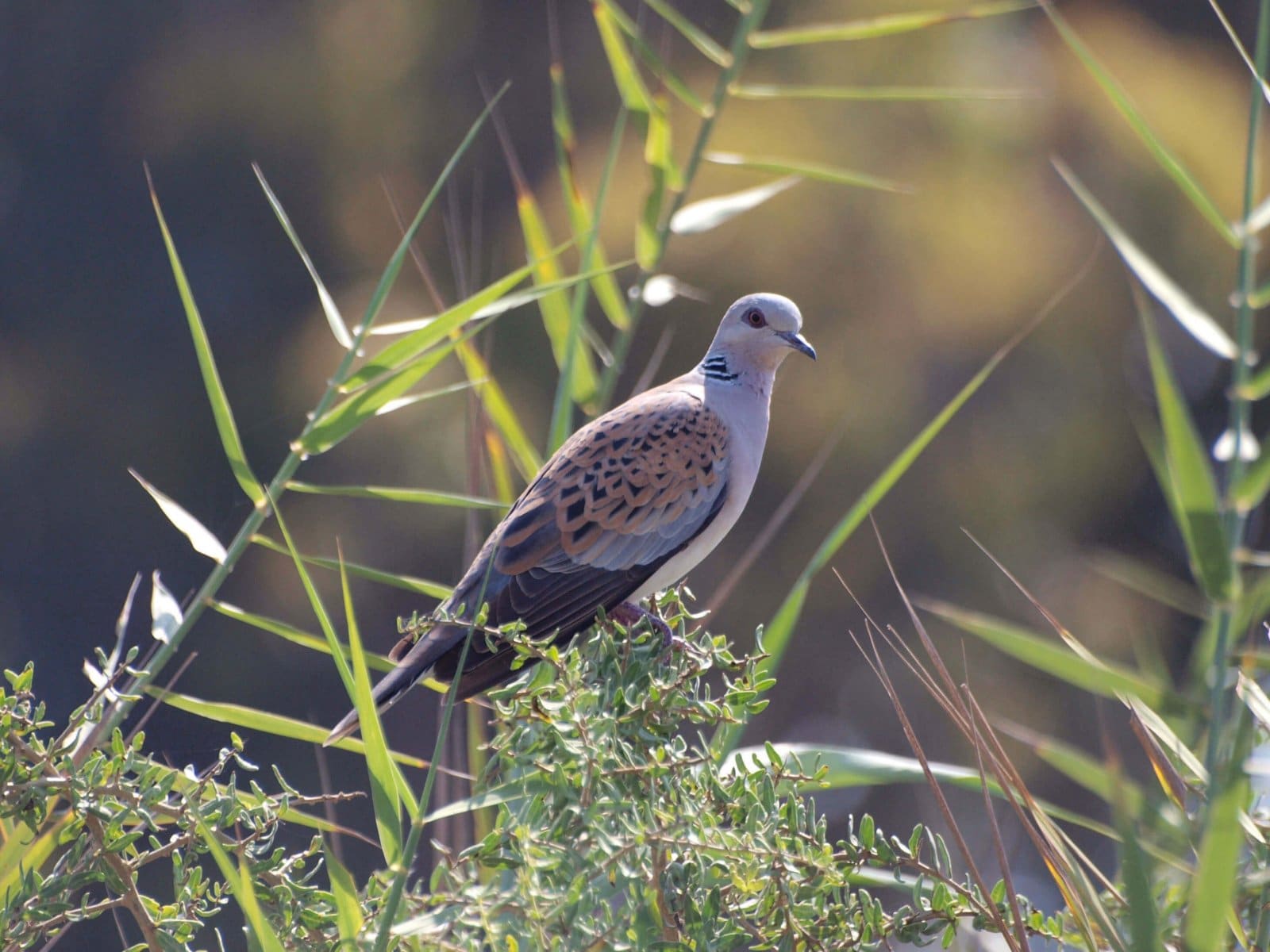
The European Turtle-dove Streptopelia turtur is so familiar in Europe that it even features in the second verse of the wildly popular Christmas carol “The 12 Days of Christmas”. Imagine if we had to change the words of the song to reflect the loss of this much-loved species…
This bird used to be hugely abundant and wide-ranging, migrating to Europe, Central Asia and the Middle East from the Sahel zone of Africa. But thanks to habitat loss and hunting, the species is now declining across its range, especially in Western Europe, and its conservation status has recently been re-classified as Vulnerable to extinction.
Help us put an end to illegal bird hunting and trapping here.
2. Snowy Owl
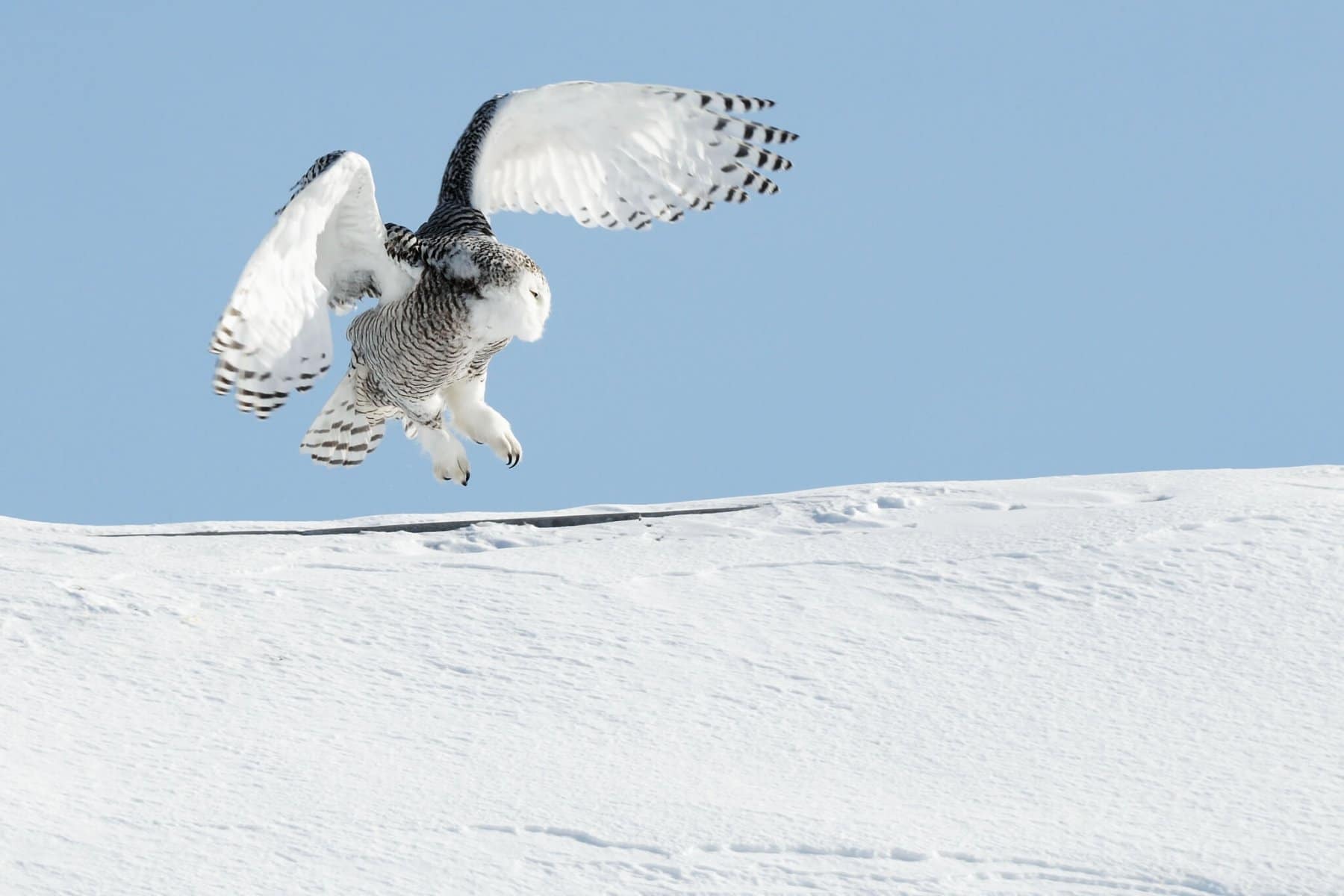
The Snowy Owl Bubo scandiacus is surely one of the most widely recognised birds in the world, made even more famous through the Harry Potter franchise. It is also exceedingly widespread, occurring throughout the Arctic tundra of the Northern Hemisphere. Yet it is experiencing a rapid decline, most likely driven by climate change: disruptions to snowmelt and snow cover can affect the availability and distribution of its prey. It has recently been classed as Vulnerable.
Read more about owl’s plight here.
3. Atlantic Puffin
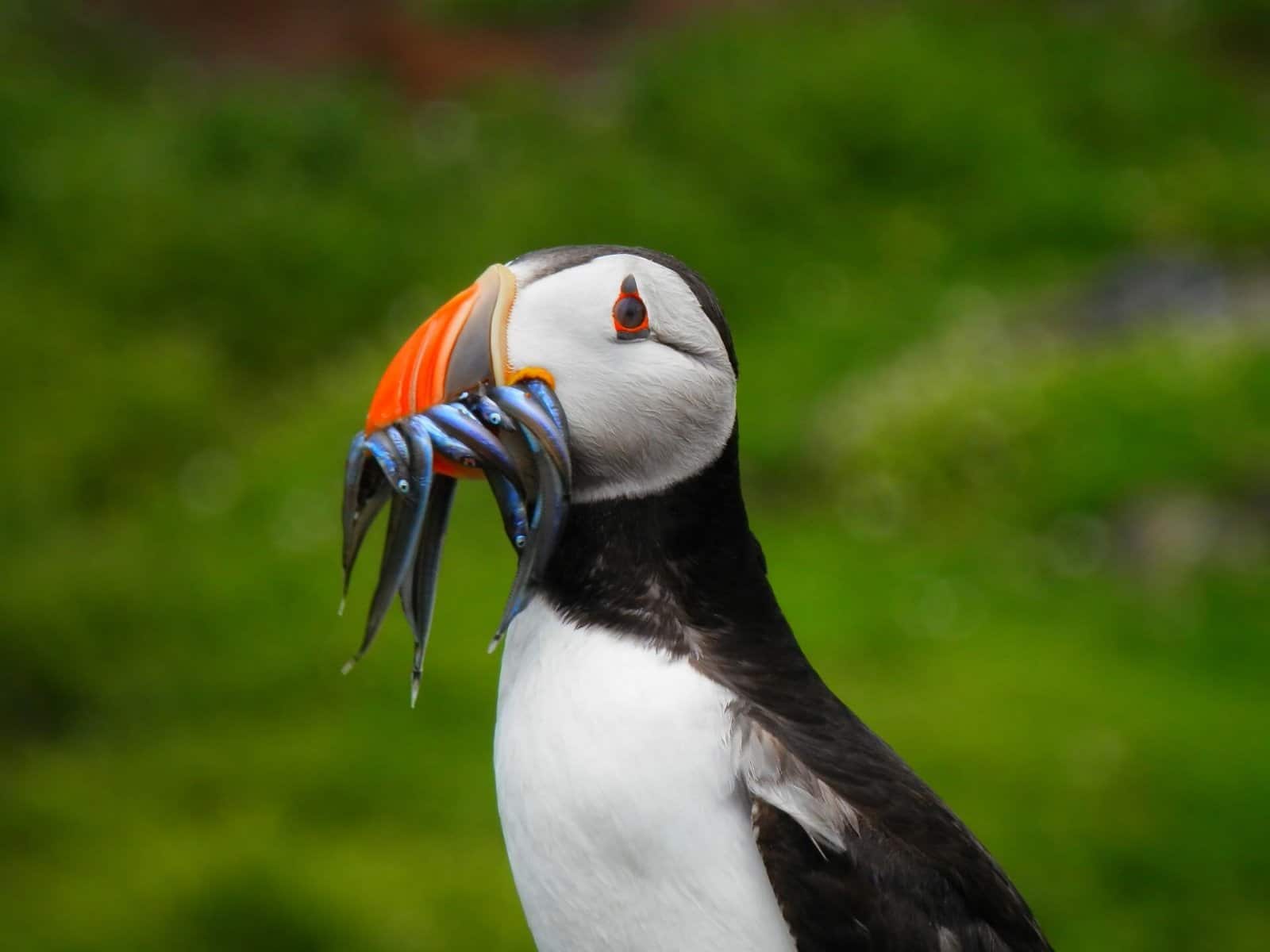
With its charmingly striped beak and waddling walk, the Atlantic Puffin Fratercula arctica has stolen hearts throughout the North Atlantic Ocean. This much-loved seabird even formed the inspiration for Star Wars’ Porgs, since its breeding colonies were too numerous to digitally remove from the filming location on the island of Skellig Michael, Ireland.
Sadly, overfishing and climate change have created food shortages, and the classic sight of a puffin loading its beak with row upon row of fish may soon be hard to come by. The species is now considered Vulnerable to extinction.
Help protect seabirds from fishing activity here.
4. Yellow-breasted Bunting
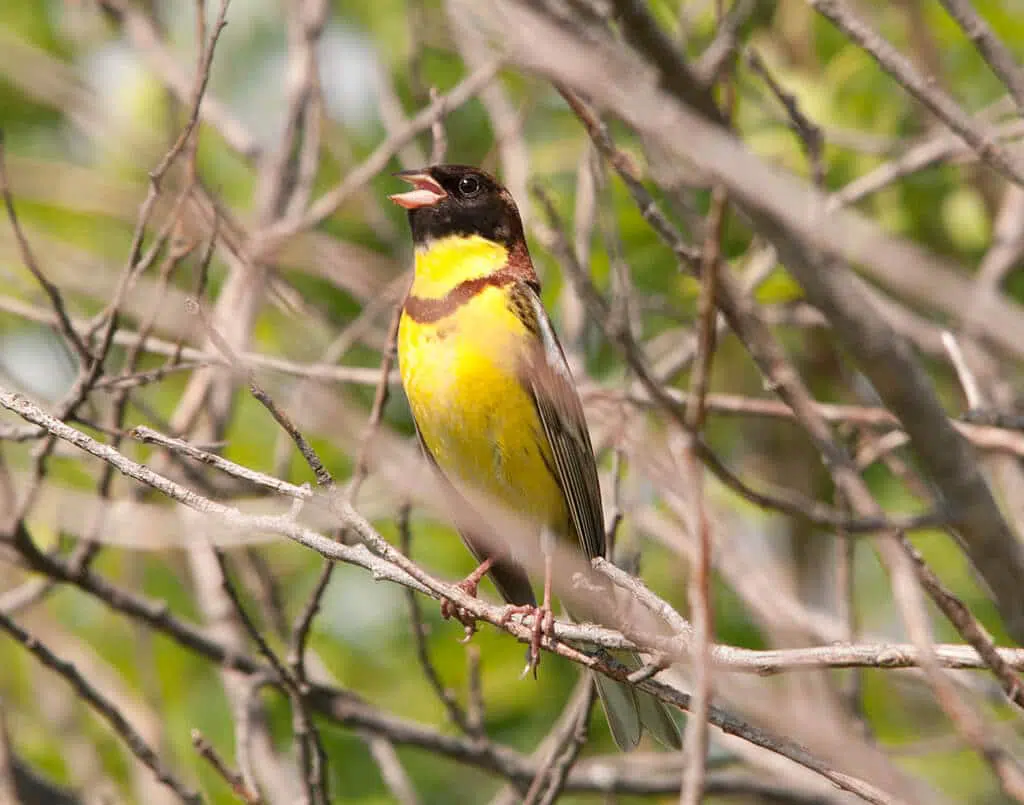
You may be familiar with the cautionary tale of the Passenger Pigeon Ectopistes migratorius, a bird that once numbered billions in North America, but which was driven to extinction by 1914 through excessive hunting and habitat destruction. Sadly, history appears to be repeating itself.
Until recently, the Yellow-breasted Bunting Emberiza aureola was one of Eurasia’s most abundant bird species, breeding across the Northern Hemisphere from Finland to Japan. However, since 1980, its population has declined by 90%, whilst its range has contracted by 5,000 km, and the species is now considered Critically Endangered. Although now officially banned, large-scale hunting of this bird continues, particularly in China—in 2001, an estimated one million buntings, known colloquially as ‘the rice bird’, were consumed in China’s Guangdong province alone.
5. Grey Parrot
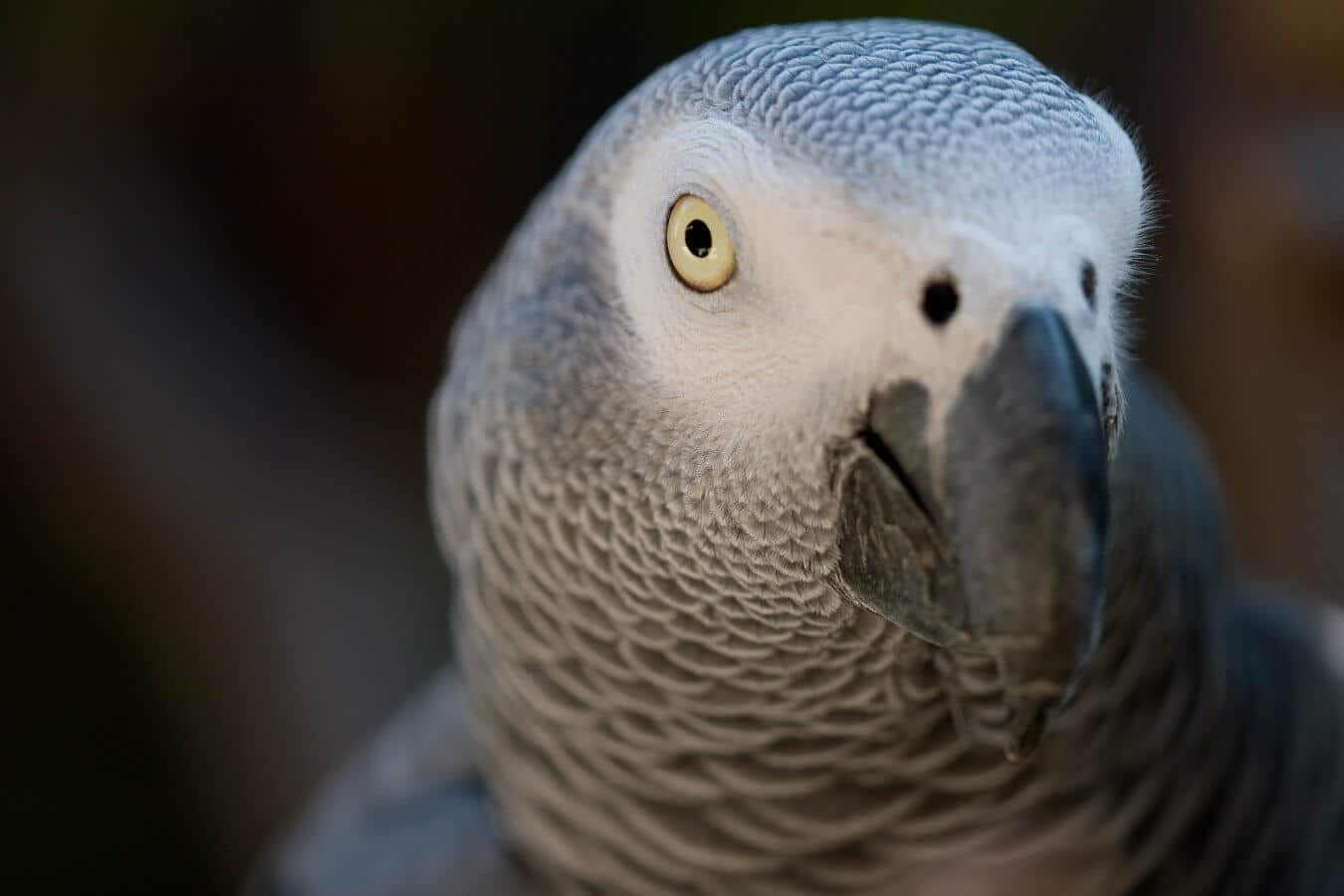
Nothing could be more familiar than the sight of the Grey Parrot Psittacus erithacus – a species that is so synonymous with the word “bird” that it’s frequently used to illustrate “B for Bird” in children’s alphabet books. This friendly and highly intelligent parrot is a favourite companion that can be found in pet shops and homes around the world – but that’s part of the problem. Their popularity fuels an illegal trade which, combined with the deforestation of their habitat across central Africa, now renders the species Endangered in the wild.
Read more about the illegal Grey Parrot trade.
6. Black-legged Kittiwake
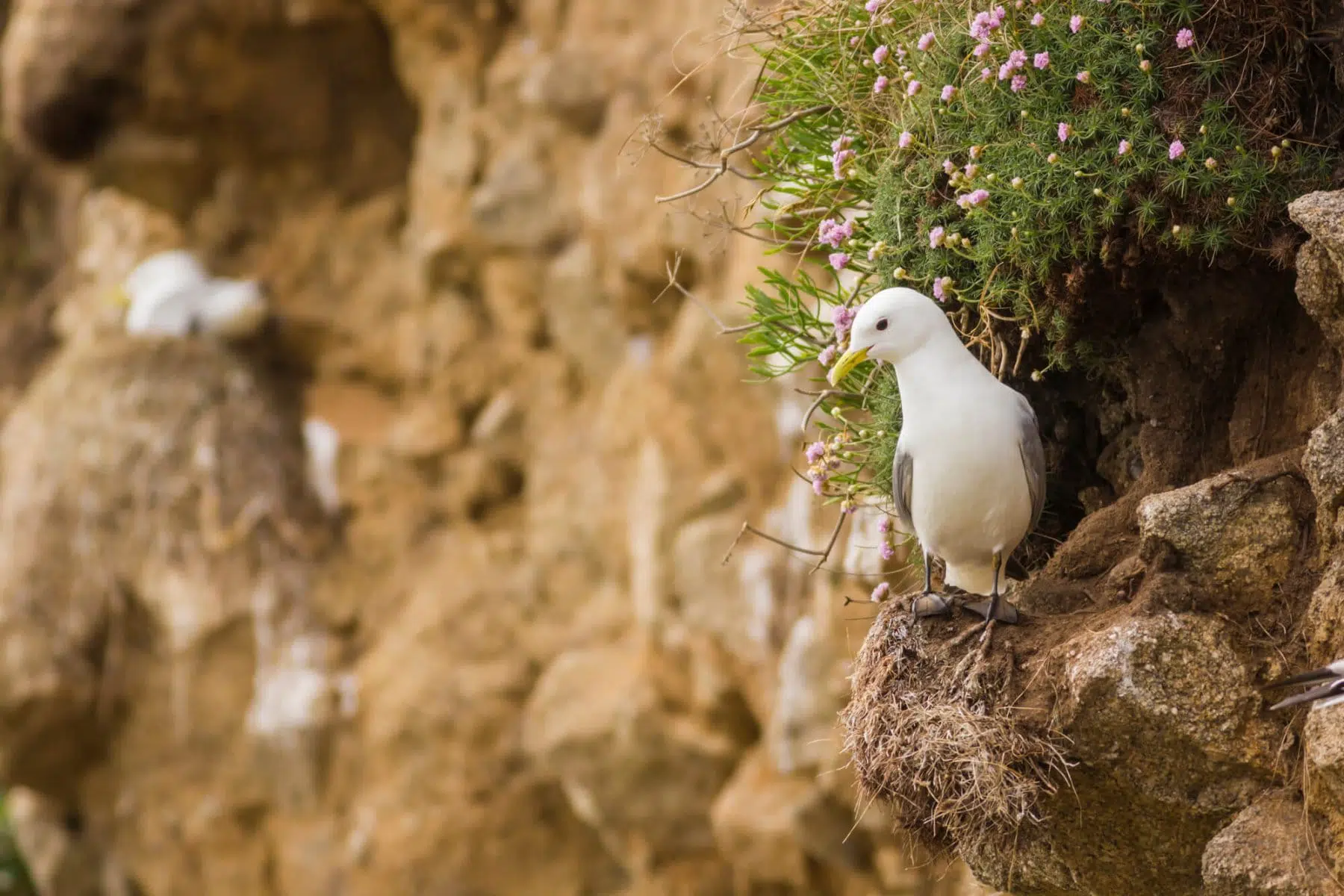
The Black-legged Kittiwake Rissa tridactyla is the default European seagull species, right? Not anymore. The sight of cliffs heaving with these sociable seabirds may soon be a thing of the past. On the island of St Kilda in Scotland, UK, populations have plummeted by 96% since 2000, and cliffs are now lying barren. Like the Atlantic Puffin, overfishing and climate change are thought to be the main causes. Rising sea temperatures are driving catastrophic declines in plankton populations, with a knock-on effect to the rest of the food chain, including fish.
But there could also be other factors at play. A recent research trip found birds with stomachs full of plastic. Read more about the expedition here.
7. Vultures
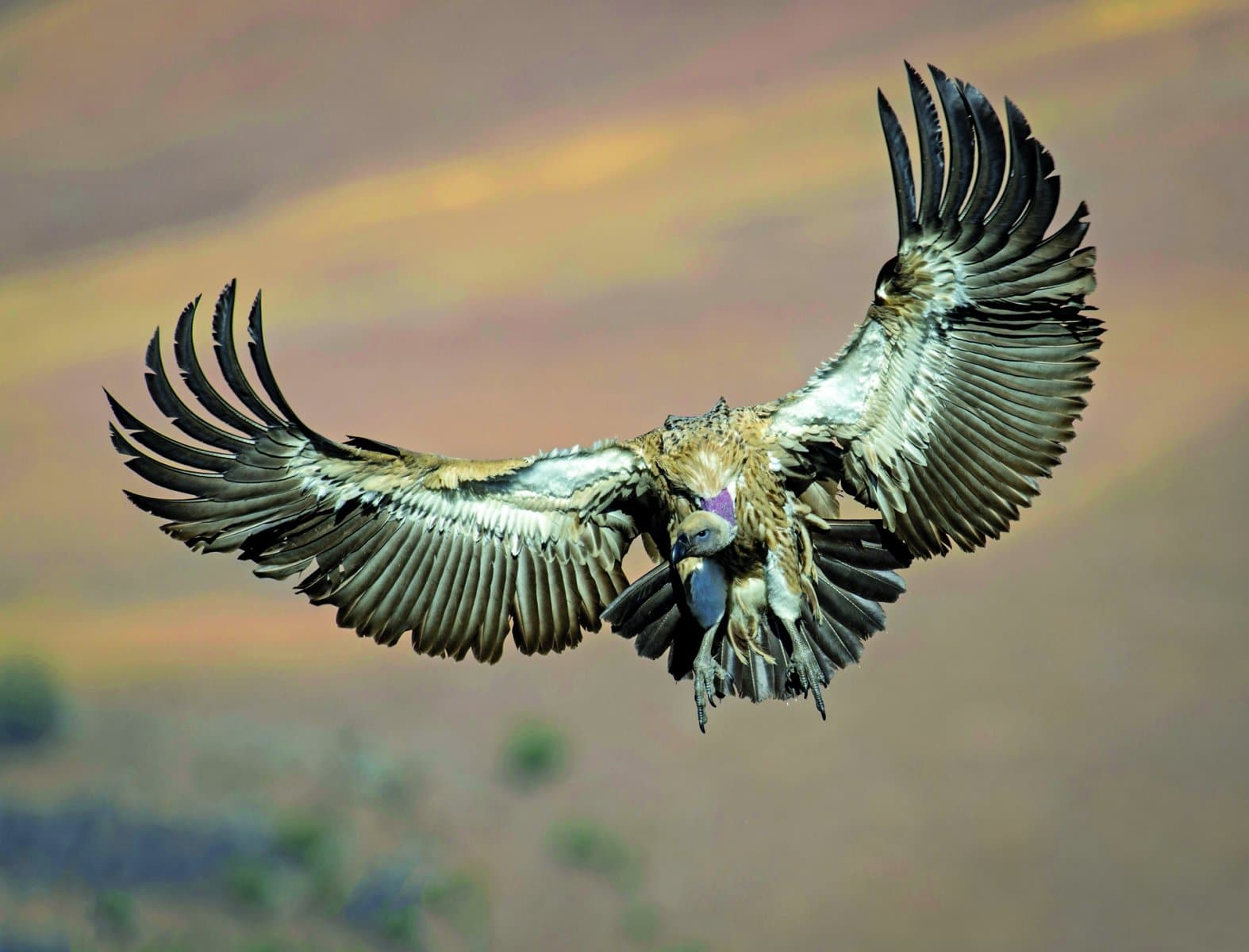
We think of vultures as the ultimate survivors: carrion feeders that clean up after other animals have died, and will probably still be doing so when human civilization is long gone. So it may shock you to learn that across Africa and Eurasia, many vulture populations are in free fall. Today, just two of the 16 species of “Old World” Vultures remain off the Endangered list, while eight are classified as Critically Endangered and are at risk of imminent extinction; three are Endangered; and three Near Threatened.
Populations in South Asia were the first to collapse, with declines of around 95% between 1993 and 2000. These were mainly the result of acute poisoning from livestock carcasses contaminated with the veterinary drug diclofenac – a painkiller for sick livestock, but accidental poison to vultures. More recently, vultures have begun to disappear across vast swathes of Africa, while in Europe the recent licensing of diclofenac in some countries threatens to wipe out hard-won conservation progress.
Read about our Multi-species Action Plan to save African-Eurasian vultures.
Its not all doom and gloom
The situation may look bleak, but it’s by no means hopeless. Conservation really does work. At least 25 bird species have been saved from the brink of extinction in recent decades through the dedicated actions of scientists, communities and conservationists.
State of the World’s Birds pinpoints the challenges we’re likely to be facing in the future – but also lays out the solutions. With the tagline “taking the pulse of the planet”, the report highlights birds’ vital role as an early warning system for the health of the wider environment. Now we are armed with valuable knowledge – and, as everyone knows, knowledge is power.
